Glass tiles are an amazing alternative to natural stone. They can be easily cleaned from acidic foods like lemon and vinegar and can be wiped out easily without any permanent stains and damage
Glass tiles offer a minimalistic look to the space. They are available in small sizes. The best applications of glass tiles are tabletops, kitchen backsplash, or around fireplaces. It’s preferred to use on smaller applications because they can be chipped quite easily around the edges. They are available in various colours. Not all glass tiles are the same, there are different types of glass tiles available, and we bring you the most common types of glass tiles.
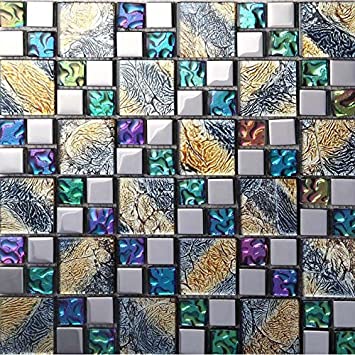
1. Coated Glass Tiles
Coated glass tiles are made from sheet glass that has been altered at lower temperatures. These tiles will have colour coatings applied to the back of the transparent glass, which allows the back-coated colours to transfer through the clear glass. Coated glass tiles are easy to apply because they are available in sheets and do not require any grout for installation. They can be stuck on the surface. They are good for kitchen backsplash, bathroom walls and interior decor.
2. Cast Glass Tiles
The method of producing these tiles is different. Cast glass tiles are formed in a liquid state at temperatures of 1600°F or higher, by inserting chunks of glass pieces into the mold. Most recycled glass tiles products are made using cast method. The surface of cast tiles is slightly wavy and have a texture in it such as slight bubble. The casting process produces colour throughout the piece. They are visually very attractive and colourful.
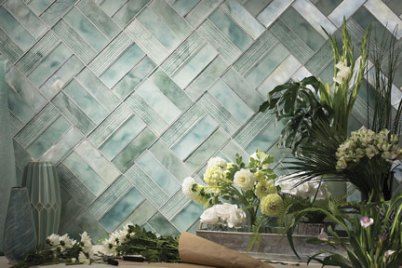
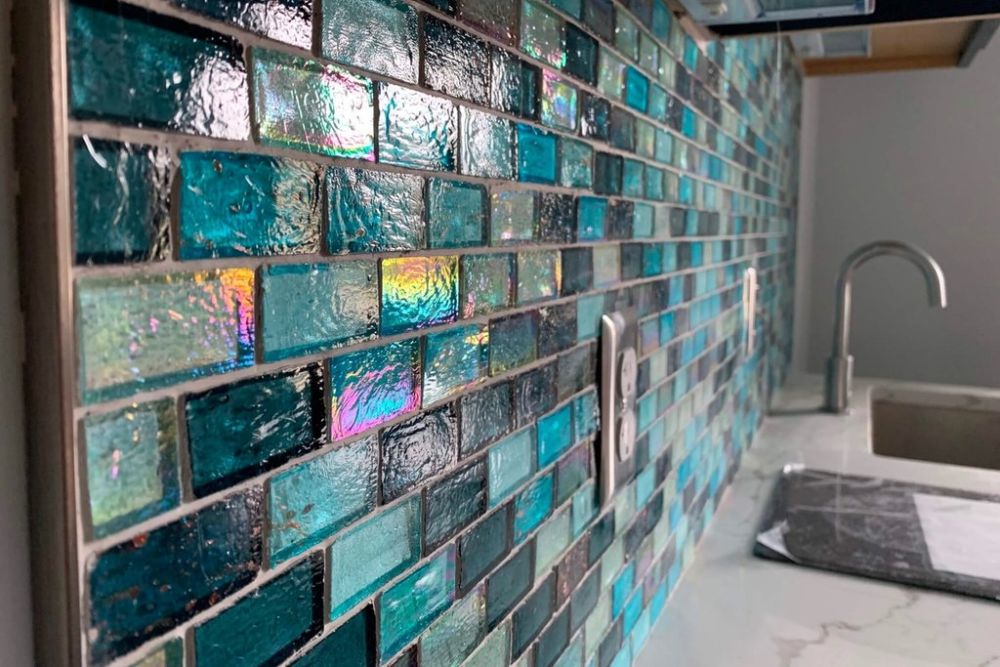
3. Fused Glass Tiles
Fused glass tiles are generally made from sheet glass that has been altered through heat. Because these tile are derived from sheets of glass, and not glass powders or shards, there is almost no limit to the sizing. The higher the temperature, the great the physical change in the glass. During the production process, multiple layers of glazes and similar materials are added in stages, which produces various colours and patterns. Fused glass tile surfaces can be smooth, textured, uniform or non-uniform. Fused glass can be mixed with colour in the background (usually white). The colour on the back helps reflect light back through the tile, which can give reflected light and the illusion of added space to a room.


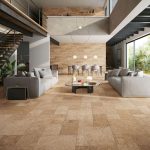
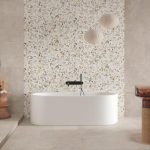
GIPHY App Key not set. Please check settings